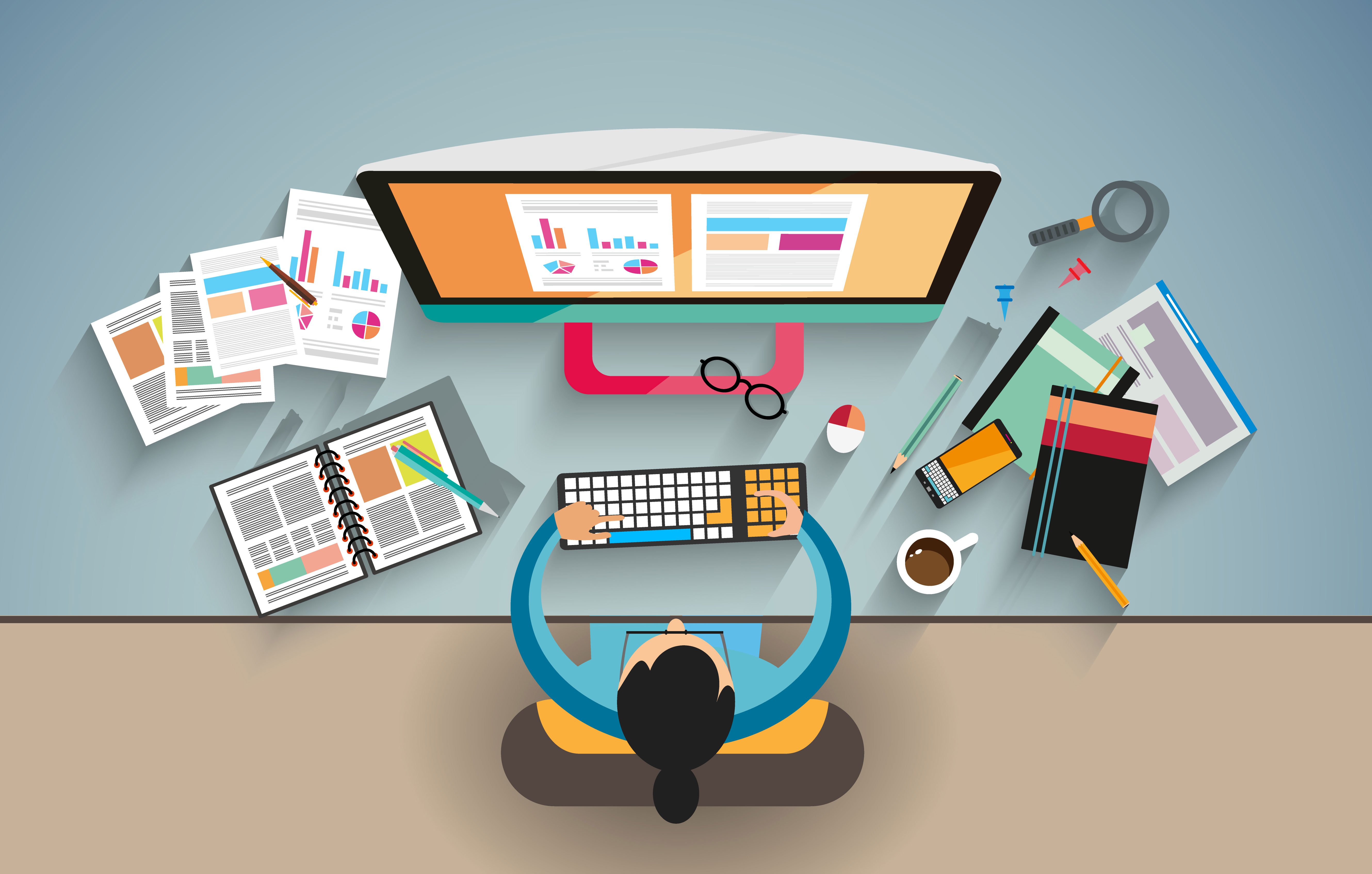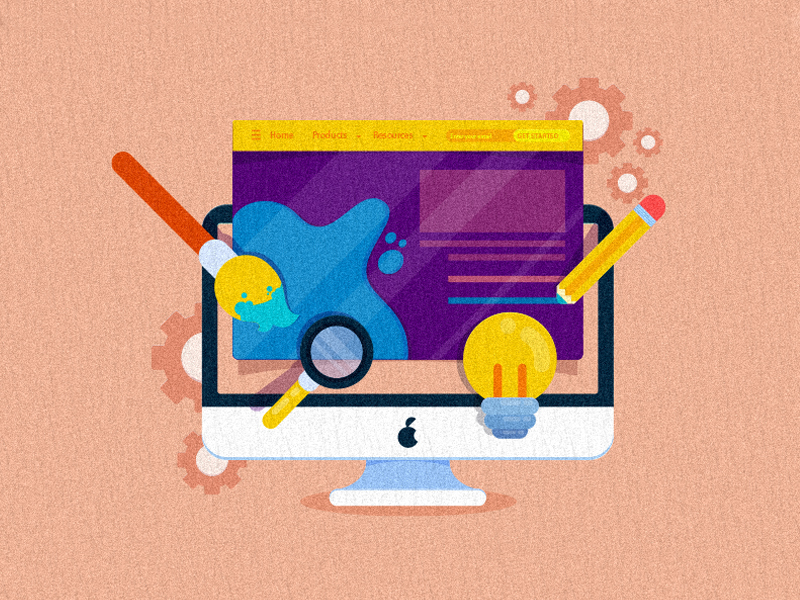Aligned Position Web Design: Delivering High-Quality, User-Friendly Web Designs for Every Industry
Aligned Position Web Design: Delivering High-Quality, User-Friendly Web Designs for Every Industry
Blog Article
The Finest Types of Website Design to Boost Customer Experience and Interaction
In the ever-evolving landscape of electronic communication, the effectiveness of Web design substantially affects user experience and involvement. Different style techniques, such as minimal, responsive, and interactive layouts, each deal distinct benefits that can cater to varied user demands. Comprehending which kinds of website design best offer these objectives can be essential for organizations aiming to improve consumer satisfaction and retention. However, the question continues to be: which style elements truly resonate with customers and foster purposeful involvement? The exploration of these concepts reveals vital insights that might redefine your approach to website design.
Minimal Web Design
As digital landscapes end up being increasingly messy, minimal Web style has actually become a powerful method to enhancing user experience. This layout viewpoint focuses on simplicity, concentrating on essential aspects while eliminating unnecessary diversions. By utilizing enough white area, simple navigating, and a restricted color scheme, minimalist style fosters clearness and guides customer attention to key material.
The core concept of minimal website design is to produce a smooth interaction for customers. By reducing cognitive tons, individuals can quickly understand details without feeling overwhelmed. This direct method not just boosts use yet also urges engagement, as visitors are more probable to explore a site that is aesthetically enticing and very easy to browse.
In addition, minimal design typically stresses typography and images, using these components tactically to share messages effectively. In significance, minimal Web style is not simply a trend; it is a thoughtful technique that acknowledges the importance of user-centered layout.
Receptive Website Design
In today's diverse electronic atmosphere, responsive Web design has actually ended up being vital for producing a smooth customer experience across a wide range of tools. As individuals gain access to web sites on mobile phones, desktops, tablets, and laptop computers, the capacity of an internet site to adapt its design and material to various screen sizes and resolutions is important.
Receptive website design uses versatile grids, images, and CSS media queries to ensure that Web material exists efficiently, despite the device used. This technique not just enhances the visual allure of a website but additionally substantially improves usability. Individuals are most likely to engage with a site that offers a regular experience, as it gets rid of the disappointment of needing to zoom in or scroll exceedingly.
By taking on receptive style, services can improve their exposure and get to a broader audience. In recap, receptive Web design is a basic method that improves customer experience, involvement, and overall satisfaction.
Interactive Website Design
Receptive Web layout lays the foundation for enhancing user experience, yet interactive website design takes this a step better by involving users in a much more vibrant method - Aligned Position Web Design. By including components such as computer animations, clickable models, and real-time responses, interactive Web style astounds customers, drawing them right into a richer surfing experience
This technique not only cultivates engagement but additionally motivates individuals to discover content proactively instead of passively eating it. Methods such as gamification, where users gain incentives for completing jobs, can dramatically boost the time invested in a website and enhance general satisfaction. In addition, interactive attributes can simplify complex information, making it much more delightful and absorbable.

Including interactive design aspects can likewise cause higher conversion prices, as individuals are more probable to involve with a site that proactively involves them. Aligned Position visit homepage Web Design. Eventually, interactive Web layout changes individual experiences right into memorable journeys, guaranteeing that visitors return time after time
Flat Style
Defined by its minimalistic approach, level design stresses simpleness and performance, removing unnecessary components and concentrating on necessary features. This style ideology focuses on functionality, making sure that customers can browse user interfaces easily and performance. By utilizing a tidy aesthetic, flat style gets rid of the mess commonly located in a lot more luxuriant styles, therefore improving customer focus on web content and capability.
The characteristic of level style exists in its use bold shades, basic typography, and geometric forms. These aspects add to an aesthetically enticing interface that is both contemporary and friendly. Furthermore, flat style promotes a sense of clearness, allowing individuals to discern necessary actions and details without interruption.
In addition, flat layout is particularly effective in responsive Web design, as its simpleness translates well across different tools and screen sizes. The absence of detailed appearances and slopes decreases filling times, which is essential for keeping individual involvement. As electronic landscapes continue to evolve, level layout remains an appropriate option for producing user-friendly sites that boost total experience. By concentrating on vital functions, level design not just fulfills customer demands but also urges smooth communication, making it a vital part of reliable website navigate to this site design strategies.
Adaptive Web Style
Flexible Web design personalizes the individual experience by producing numerous dealt with designs customized to different screen sizes and tools. Unlike responsive style, which fluidly changes a single layout, flexible layout employs distinctive formats for particular breakpoints, making sure optimal presentation on numerous systems. This technique allows developers to focus on the special characteristics of each gadget, enhancing use by supplying exactly what users require based upon their context.
One of the key benefits of flexible Web design is its capacity to optimize load times and efficiency. By offering customized material and images that fit the customer's tool, web sites can decrease information usage and improve loading rates. This is especially useful for users with slower links or limited information strategies.

In more tips here addition, adaptive style promotes an extra regulated and constant branding experience. Because designers develop several designs, they can ensure that the aesthetic components line up with the brand name's identification across various platforms - Aligned Position Web Design. This results in a cohesive individual experience, enhancing involvement and advertising individual retention
Conclusion
Minimal style promotes clearness and emphasis, while responsive layout makes certain adaptability across various tools, advertising ease of access. Jointly, these style approaches contribute to the development of easy to use atmospheres that not just improve fulfillment however additionally drive greater conversion prices, emphasizing their essential significance in contemporary Web style techniques.

Minimal design cultivates clearness and emphasis, while receptive layout guarantees flexibility throughout various tools, promoting access. Collectively, these design approaches contribute to the creation of straightforward atmospheres that not just boost contentment however also drive higher conversion rates, underscoring their crucial significance in contemporary Web design strategies.
Report this page